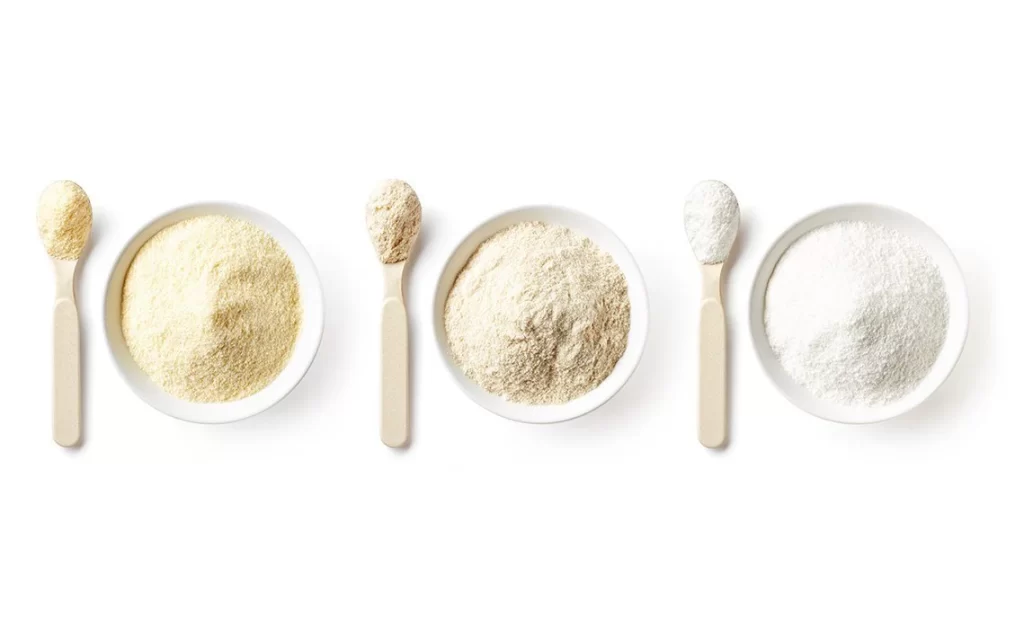9 standards for using talcum powder in plastics

Talc is named for its soft texture and strong greasy feeling. It is a hydrated magnesium silicate mineral with a layered structure, mainly containing magnesium silicate, aluminum oxide, nickel oxide, etc.
Talc has excellent physical and chemical properties such as lubricity, anti-stickiness, flow aid, fire resistance, acid resistance, insulation, high melting point, chemical inactivity, good hiding power, softness, good gloss, strong adsorption, etc. It is widely used in coatings, paints, plastics, papermaking, ceramics, cosmetics, medicines, food, daily necessities and other industries.
Talc is one of the most widely used inorganic powders in plastic products. The characteristic of talc in plastic products is that it can significantly improve certain properties of plastic products. Therefore, when choosing talc, the following requirements should also be met for talc.
High purity
The higher the purity of talc, the better its reinforcing effect. Among other mineral impurities in talc, metal minerals (especially iron) have a very obvious effect on the anti-aging property of plastics.
Structure
Talc is usually in the form of dense blocks, leaves, radials, and fibers. Since the crystal structure of talc is layered, it has a tendency to split into scales and has special lubricity.
High-quality ultra-fine talcum powder has a flaky structure. When used in plastic products, it can be evenly dispersed in the resin in a layered manner, and has good compatibility and complementarity of mechanical properties with the resin.
Wet whiteness and hue
After talcum powder and plastic are mixed, the color of the plastic changes more or less. Dark plastic products do not have too high requirements for the whiteness of the added talcum powder. However, in order to make light-colored products have better colors, talcum powder must have a higher wet whiteness and a suitable hue.
Silicon dioxide content
The silicon (SiO2) content in talcum powder is an important indicator for measuring the grade of talcum powder. The higher the silicon content in talcum powder, the higher the purity of talcum powder, the better the application effect, and the higher the price.
Customers need to choose talcum powder according to the performance requirements of different plastic products. For example, the silicon content of talcum powder added to agricultural film should be higher, the particle size should be small, and the particle size distribution should be narrow, so that the light transmittance of the film is good, and the tensile strength and puncture resistance of the film are improved.
For talcum powder used in injection molding, plates, and rods, the silicon content requirement does not need to be too high. Products with lower silicon content are not only cheaper, but also can improve the hardness and impact strength of plastic products.
Color
The colors of unprocessed talcum powder ore are different from each other, which can be white, gray, light red, pink, light blue, light green and other colors. Talc powder also has a special silver-like or pearl-like color and has different degrees of solid luster. This color can improve the appearance and visual effect of the product.
Surface properties
Talc powder presents different surface properties depending on its source. The specific surface area and oil absorption rate are largely determined by the mineral resources and product fineness. Other factors affecting these properties are surface roughness, particle shape and pore volume. The large specific surface area and appearance structure of talcum powder will not only affect the dosage of additives, but also promote the bonding force between resin structures, thereby improving the physical properties of plastic products.
Moisture
The structural morphology of talcum powder determines its characteristics. Although talcum powder is hydrophobic, due to the irregularity of the edge of its particle shape, it contains both structural water and crystal water. Therefore, the moisture content of talcum powder is greater than that of calcium carbonate. Moisture can easily affect the performance of plastics, so the removal of moisture from talcum powder and the drying process should be highly valued.
Static electricity
Talc powder has a layered structure and a large specific surface area. The irregular shape of the particles and the convex and concave shape of the surface make it have a large friction factor and easy to generate static electricity, which makes it difficult to disperse the agglomeration between tiny particles and affects the application effect.
Flowability
During the extrusion process, the flaky structure of talcum powder has poor fluidity and difficulty in dispersion than other granular inorganic materials, and the main screw torque is large, so better activation and coating is the key to overcoming these problems.
